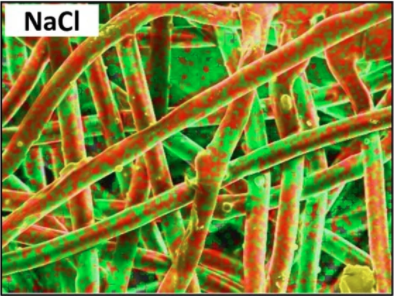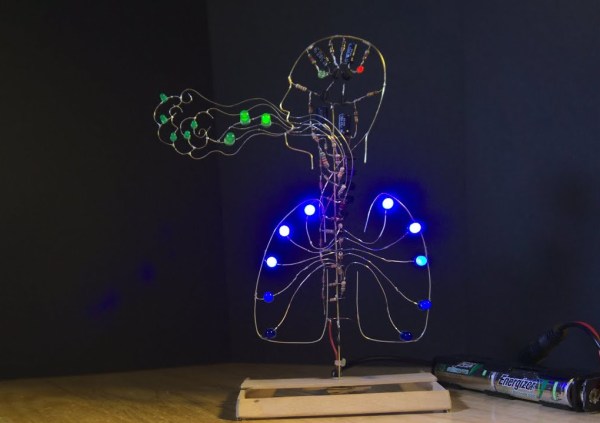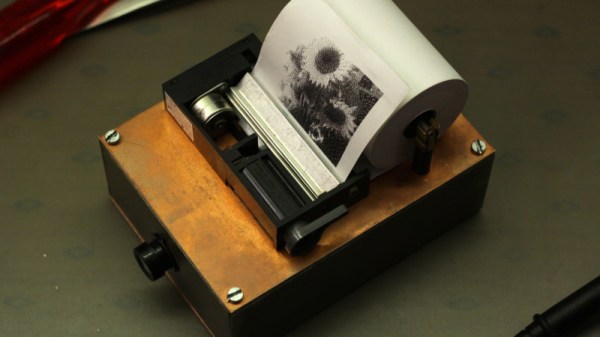Join us on Wednesday, May 5 at noon Pacific for the Open-Source Oxygen Hack Chat with Maher Daoudi and the OxiKit Team!
In such tumultuous times, it may be hard to remember last week, let alone last year. But if you dig back a bit, you may recall what a panic the world was in at this point in 2020 about the ventilator crisis. With COVID-19 cases on the rise and the potential for great numbers of patients needing intensive care, everyone and their brother was hacking together makeshift ventilators, in the well-intentioned belief that their inventions would help relieve the coming shortage of these lifesaving medical mechanical miracles.
As it came to pass, though, more COVID-19 patients have benefited from high-flow oxygen therapy than from mechanical ventilation. That’s great news in places where medical oxygen is cheap and easily available, but that’s always the case. We’ve seen recent reports of hospitals in India running out of oxygen, and even rural and remote areas of the developed world can find themselves caught without enough of the vital gas.
To meet the world’s increasing demand for high-flow oxygen therapy, the team at OxiKit has developed an open-source oxygen concentrator that can be built for far less than what commercial concentrators cost. By filtering the nitrogen out of the air, the concentrator provides oxygen at 90% or higher purity, at a flow of up to 25 liters per minute.
Oxikit founder Maher Daoudi and some of the technical team will join us for this Hack Chat to discuss the details of making oxygen concentrators. We’ll learn about how they work, what the design process for their current concentrator was like, and how they got past the obstacles and delivered on the promise of high-flow oxygen for the masses.
 Our Hack Chats are live community events in the Hackaday.io Hack Chat group messaging. This week we’ll be sitting down on Wednesday, May 5 at 12:00 PM Pacific time. If time zones have you tied up, we have a handy time zone converter.
Our Hack Chats are live community events in the Hackaday.io Hack Chat group messaging. This week we’ll be sitting down on Wednesday, May 5 at 12:00 PM Pacific time. If time zones have you tied up, we have a handy time zone converter.
Click that speech bubble to the right, and you’ll be taken directly to the Hack Chat group on Hackaday.io. You don’t have to wait until Wednesday; join whenever you want and you can see what the community is talking about.
Continue reading “Open-Source Oxygen Hack Chat”
























